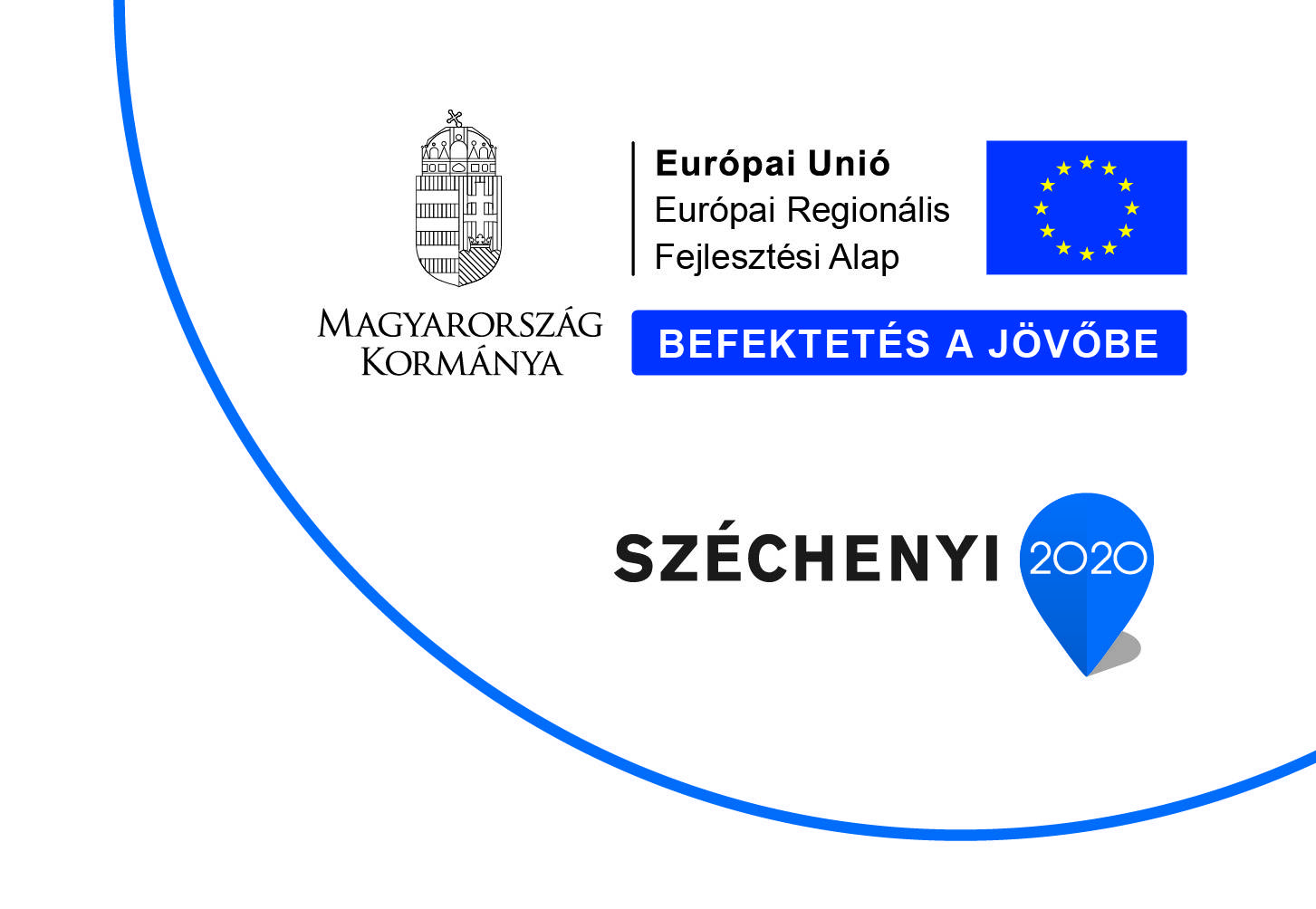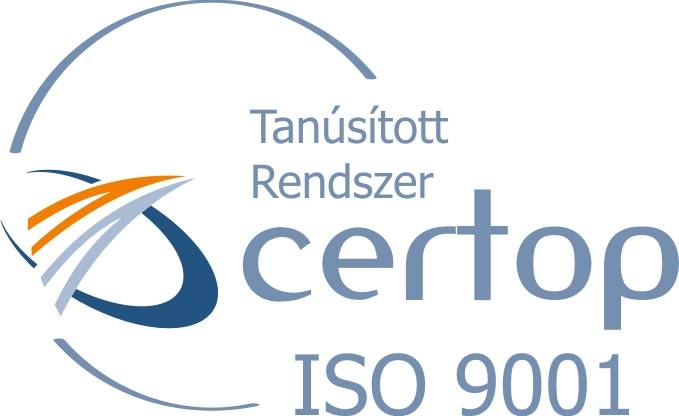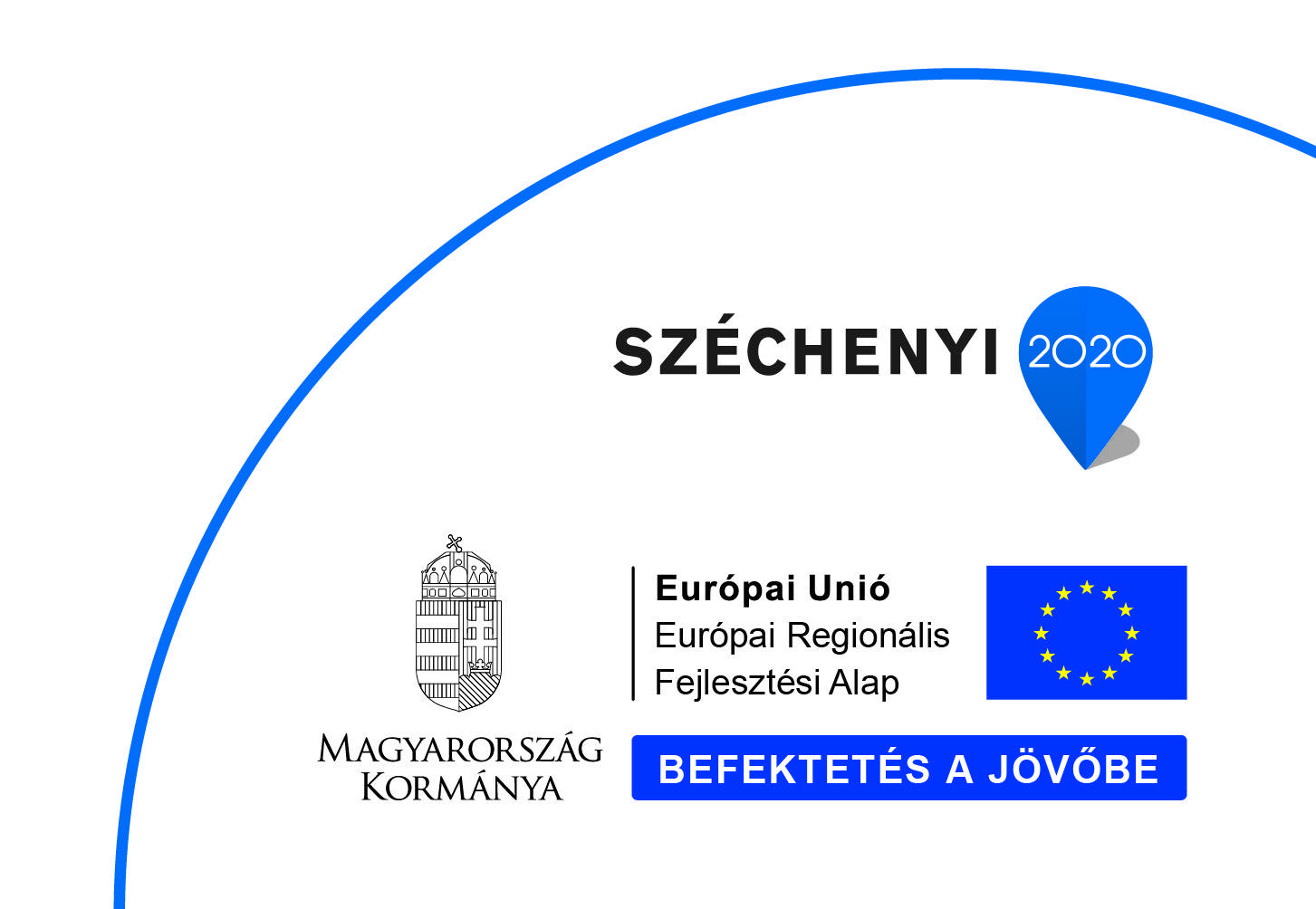Homogeneous plastic
Home » Homogeneous plastic
Experiments have been in progress for years to create a plastic that is environmentally friendly. Recent years have seen breakthroughs in this area, and the concept of homogeneous plastics has now been born. This term covers plastics that are multi-layered, thus combining several properties, but can also be recycled very easily with little energy investment. They also meet the hygiene requirements of the food industry and have a positive impact on the shelf life of products without the addition of preservatives. There are aroma-preserving, vapor barrier, gas-tight, and even light barrier solutions. Easy to collect and reprocess after use with separate waste collection. Nothing proves this better than the increasing availability of plastic materials that contain recycled plastics.
Between 2015 and 2020, around 10 million hectares of forest have disappeared from the Earth every year, the situation is so worrying that one of the key agreements at the last climate summit was to halt deforestation. That is why we at Kollár Pakk do not consider replacing plastic with paper in the packaging industry to be either sustainable or environmentally friendly. Some products can only be made of paper, so let them be made of paper. And the packaging material should be environmentally friendly recyclable plastic to save forests.
With homogeneous plastics, we can help the planet in many ways, ensuring the future of the next generation:
- We protect forests, which is key to the future of our planet, as deforestation is particularly worrying in the face of the challenge of climate change, but forests also play a key role in providing freshwater supplies, preventing coastal erosion, slowing desertification and preventing soil erosion, while providing habitat for countless species, such as a wide range of pollinating insects.
- We increase the shelf life of food, preserve its original texture and thus reduce food waste. According to the UN Food and Agriculture Organization (FAO), around a third of all food produced worldwide is wasted or becomes waste before it reaches the consumer’s table from the farm. Around 87.6 million tons of food are wasted or become waste in the EU every year. If food is packaged in a sustainable and preservative way, this number can be significantly reduced.
- According to the latest edition of UNICEF’s annual report on “Food Security and Nutrition in the World”, the number of people suffering from hunger increased to almost 690 million in 2019, an increase of 10 million compared to 2018 and 60 million compared to 5 years ago. – While hunger is at such a high level, is it ethical to make carrier bags out of primary foods like corn??? We don’t think so. We therefore consider recyclable plastic to be better than degradable plastic. Biodegradable plastics only decompose in compost, so city dwellers have no chance to compost them. In addition, most of the biodegradable material only decomposes in industrial compost, which requires thermal energy. At a time when energy prices are skyrocketing and the world is trying to meet people’s needs with renewable energy, do we really need to waste precious energy on burning packaging materials made from primary food? We don’t think so.
We believe that plastic is not bad, we have just used it in the wrong way, and once it ceased to be a packaging material, we saw it as rubbish. Conversely, if we start to think of plastic as glass, and collect and recycle it, we are already reaping a lot of benefits for us as humans, and for the planet.
Therefore, we offer several alternatives to our partners who share our views and want to choose a packaging material for their products along the lines of the above ideas.
- PE/PE raw material – everyone knows polyethylene, the classic “nylon bag” 😊 material. The new, improved version, however, can be aroma-preserving, vacuumable, and can also be made into a stand-on, zip-lock pouch. It has a very strong weld, so pouches made from it can support heavy weights. It can be painted between the two layers to make an aesthetically pleasing pouch. Due to the low melting temperature of polyethylene, it can be easily recycled with low energy consumption, and regranulate can be used in many applications, including in combination with virgin PE to make new packaging material.
- PET/PET raw material – PET bottles are also well known to everyone. We have been using and collecting them for a very long time, so this is the material where the world has the most experience in recycling. The novelty is that you can now make a pouch from this material. It can also be vacuumable, aroma-preserving and has the great advantage of being crystal clear. In addition to being recyclable, 80% of the outer layer of our PET/PET bags is already made from recycled PET, so it not only starts the cycle, it’s already in it…
- PP/PP raw material – there is now a very wide variety of polypropylene. Beyond the classic “cellophane”, it is also widely used in the food industry. By combining its many properties in a homogeneous material, it can be used to create virtually any pouch design, and can also be used as a cover foil for PP trays to make tray packaging homogeneous.
If we have sparked your interest, ask our colleagues for advice on which material to recommend for your product, and let’s start together on the journey to build a future for our children and our planet.



